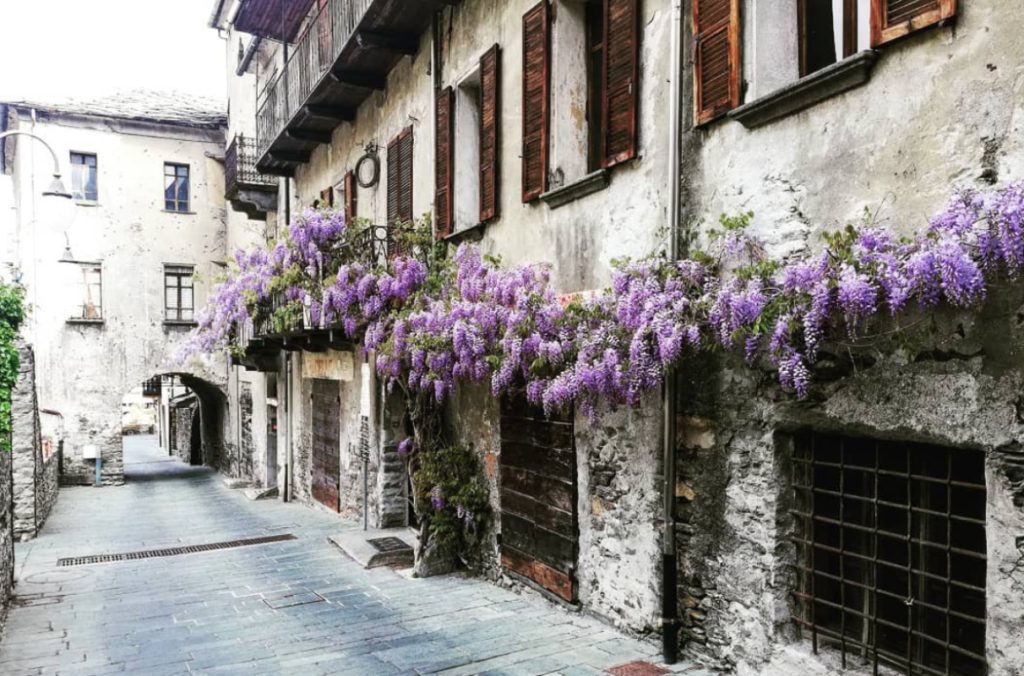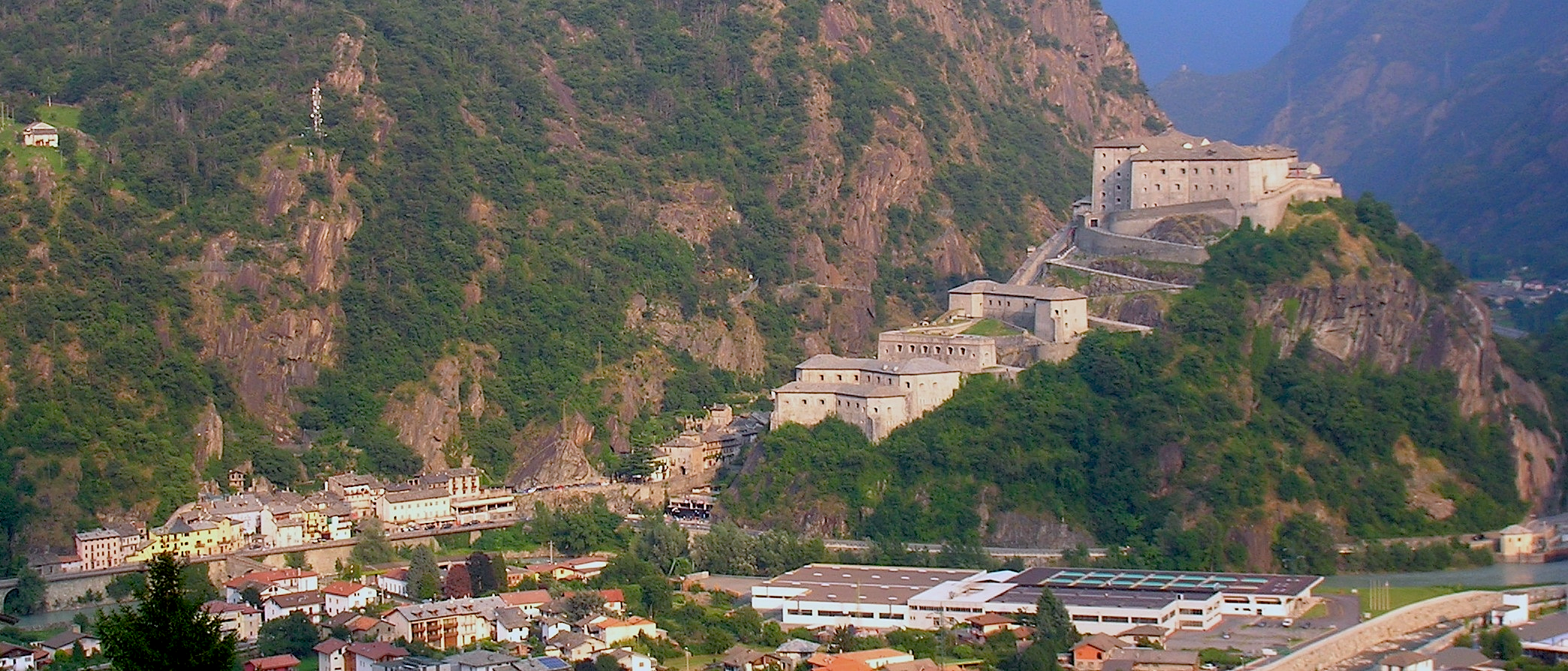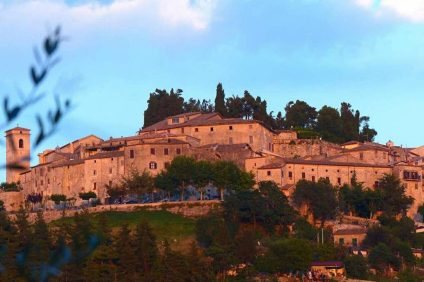Hidden in the mountains of the Aosta Valley, the small village of Bard is a splendid treasure. The architectures blend with the surrounding nature. It extends for 3 square kilometers and is in fact a museum town, included among the most beautiful villages in Italy.
The area on which the village stands has been populated since the Neolithic. An important road passed through here in Roman times, linked to trade and beyond. Note how via delle Gallie, connected the Po Valley with Gaul. What is the name of the famous town due to? For many years the Bard family has dominated this area. These were the lords of nearby Champorcher. Their merit was to realize the strategic nature of the position, so as to exploit Bard as a real bulwark against invasions. This explains the construction of the Fort, which is today the main tourist element of the village. It has become the symbol of this tiny settlement in the Aosta Valley.
Bard: what to see
We have already talked specifically about the Forte di Bardi, which was also a film set for a famous film. In this section, therefore, we will focus on all the other riches of the village. Let's start from the naturalistic landscape, enjoying the area where the Dora Baltea reaches its narrowest point. It is here that we can see the imposing rock from which the Forte di Bardi. On the other side there is the bridge that connects the village to the nearby village of Hone.
Impossible not to start the visit from the historic center, which is an excellent example of a medieval urban structure. Getting lost in the narrow streets of the place is a splendid experience, finding yourself immersed in atmospheres far away in time. All around there are buildings dated between the fifteenth and sixteenth centuries. Some of these are perfectly preserved thanks to a restoration work. The most interesting are undoubtedly the following:
- House of the Bishop
- Ciucca House
- House of the Sundial
- Valperga House
Considering the small size of the village, it is easy not to miss any valuable element, such as the Palace of the Nicole nobles (last counts of Bard), as well as the House of Challant. Like any self-respecting medieval settlement, several characteristic churches cannot be missing. The most important is the church dedicated to the Assumption of Mary, whose construction dates back to the XNUMXth century. You can find it in the central square, next to the town hall. As mentioned, we have already talked about the Forte in a specific article. For this we will limit ourselves to saying how in the surrounding area, or along the perimeter of the imposing structure, you can take fantastic photos and enjoy a dream panorama.

What to do
It is possible to organize your visit to the village of Bard in conjunction with some events. During the holiday season you can enjoy a splendid climate. The village becomes a sort of living nativity scene. It's a bit like stepping into a fairy tale.
On August 15, however, the village comes alive on the occasion of the Feast of the Assumption, during which various kinds of shows are set up along the characteristic streets. All enriched by numerous tastings of Aosta Valley products.
What to eat
In Val d'Aosta there is certainly no shortage of food and wine delicacies. Bard may be a small village but it has its own culinary traditions. Here are some to try without a doubt:
- fiuor di cousse (stuffed and baked zucchini flowers)
- paste ad melia (meliga pastes, i.e. biscuits made with corn flour)
- bœuf de Noël (cup of broth typical of the Christmas period)
- Valdostana steaks
- Valle d'Aosta fondura
- Gnocchi Alla Bava
- roof tiles from Aosta
- trout Aosta Valley
All to be accompanied with an excellent red such as the wine of the Bard's barrels.





